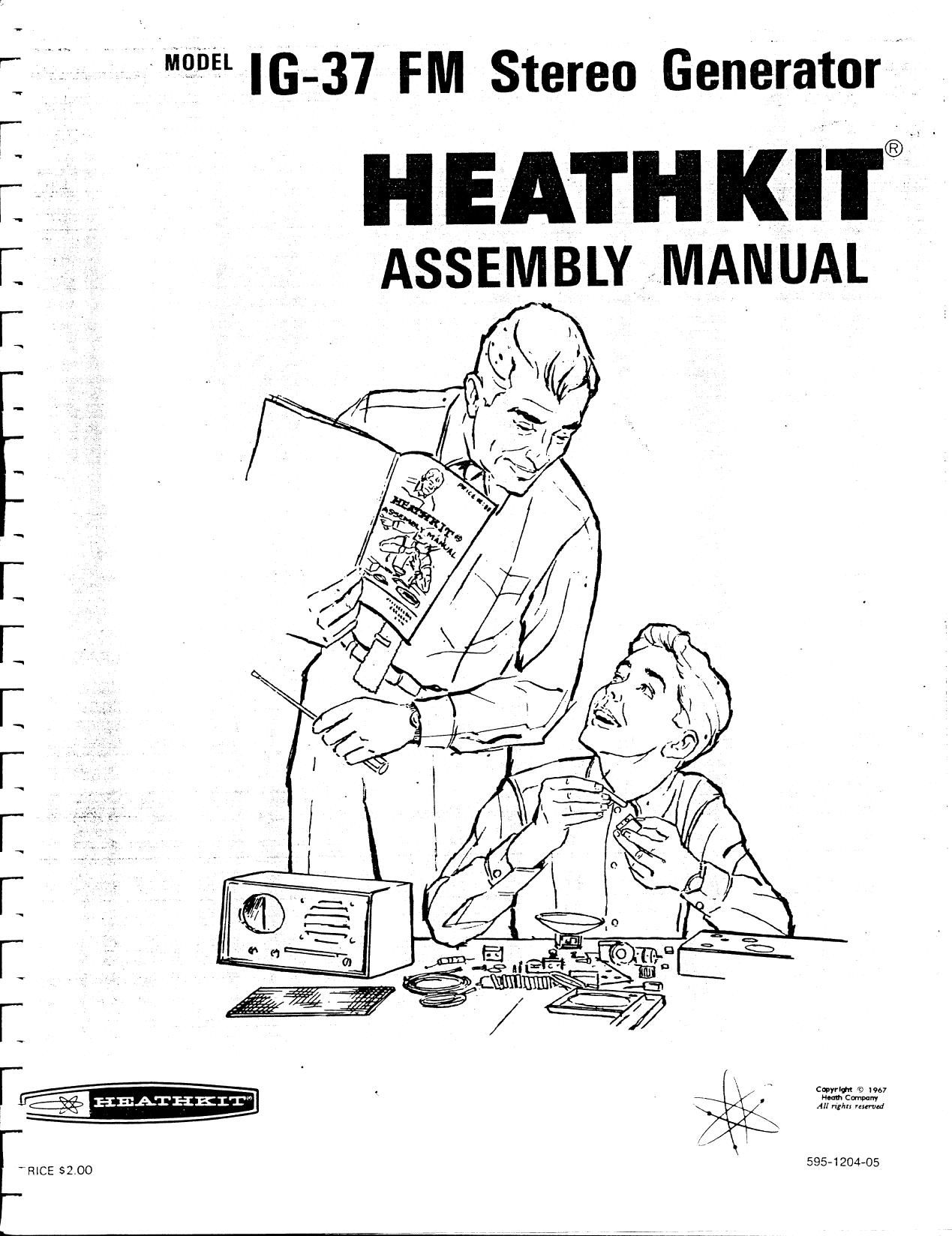Heathkit IG 37 Manual
This is the 31 pages manual for Heathkit IG 37 Manual.
Read or download the pdf for free. If you want to contribute, please upload pdfs to audioservicemanuals.wetransfer.com.
Page: 1 / 31
